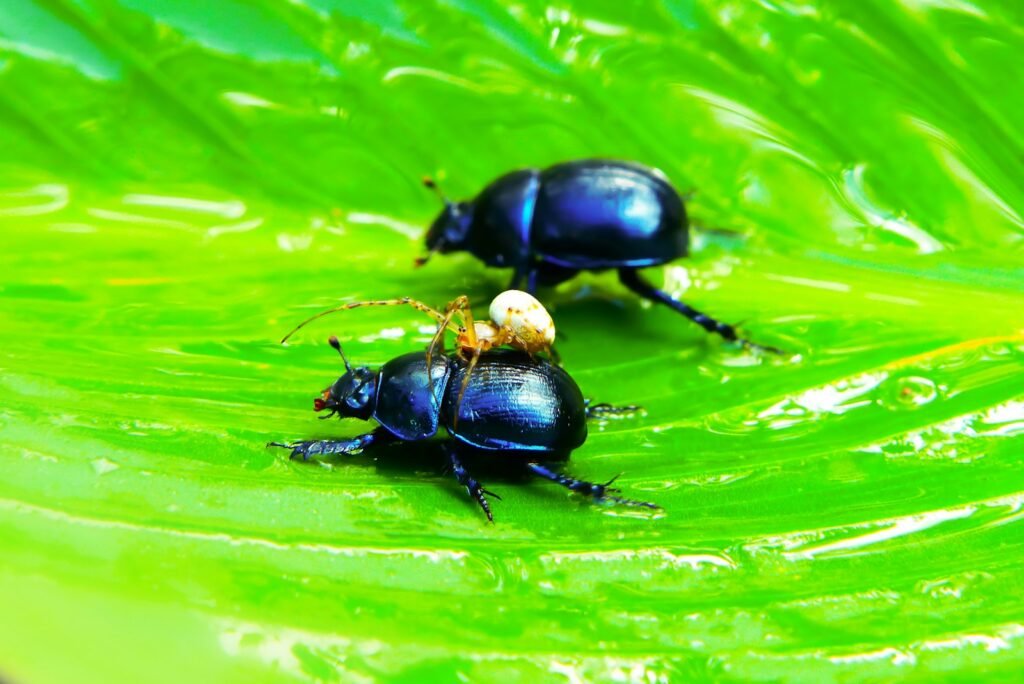In the wild world of nature, where survival of the fittest reigns supreme, there exists a beetle with a remarkable ability to cheat death. Imagine being swallowed whole by a predator and not only surviving the ordeal but escaping completely unharmed. This is the reality for the aquatic beetle known as Regimbartia attenuata, a creature that has fascinated scientists and nature enthusiasts alike. This beetle’s extraordinary escape artist skills have captured the attention of researchers who strive to understand the mechanisms behind its miraculous survival.
The Unlikely Survivor of the Animal Kingdom
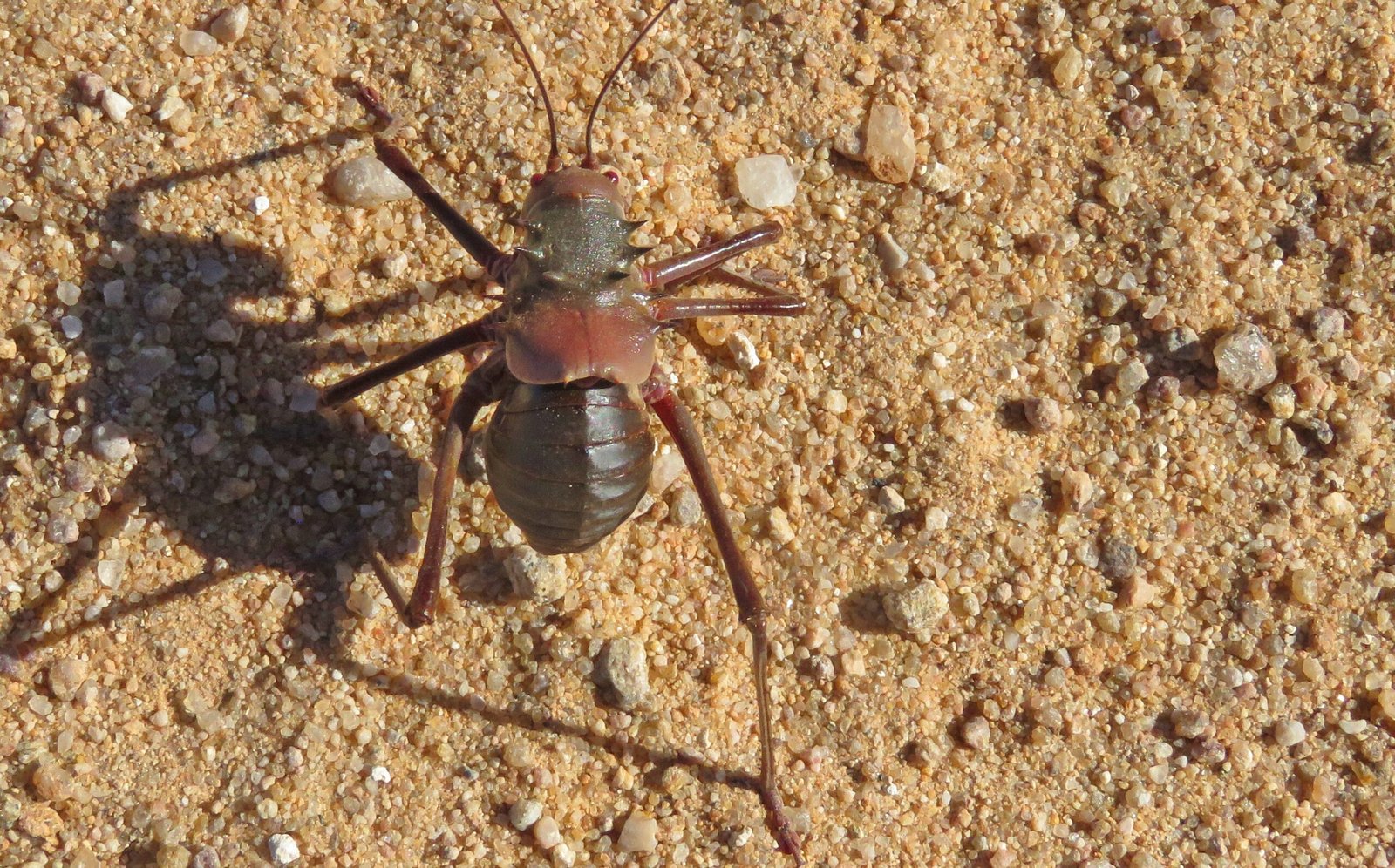
The Regimbartia attenuata is not your average beetle. With its striking ability to escape from the stomach of a frog, it has earned a place among nature’s most fascinating survivalists. Unlike typical prey that meets its end once swallowed, this beetle defies expectations. Upon being ingested by a frog, it employs a unique survival strategy that allows it to traverse the digestive tract and emerge from the rear end, alive and well. This daring escape challenges our assumptions about predator-prey dynamics, highlighting the intricacies of evolutionary adaptations.
A Journey Through the Digestive System
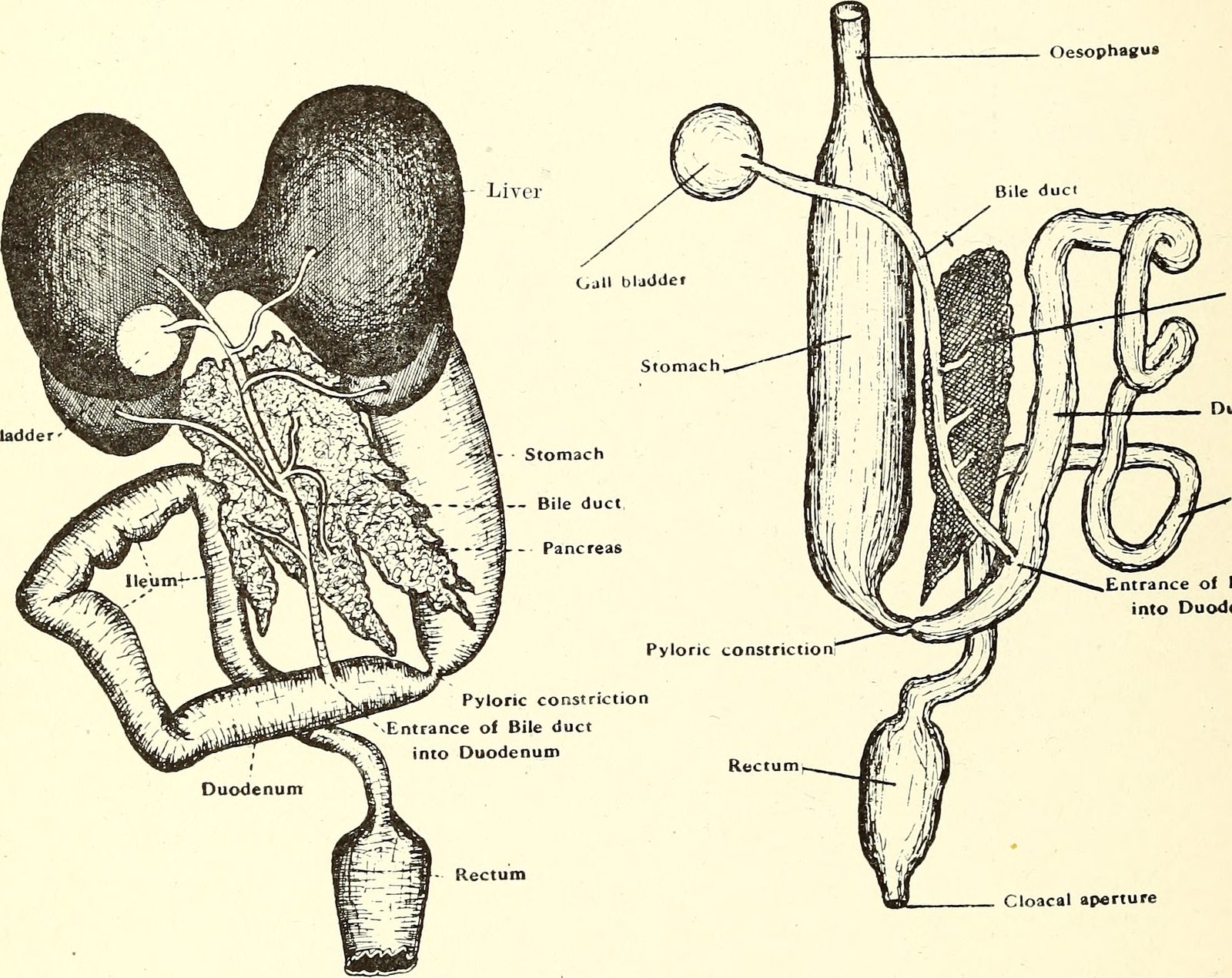
Once inside the frog’s stomach, the beetle embarks on a perilous journey through the amphibian’s digestive system. The stomach acids and enzymes pose significant threats, yet the beetle remains unscathed. It seems to possess an innate resistance to these harsh conditions, allowing it to navigate the treacherous environment with ease. The beetle’s journey is a testament to nature’s ability to craft highly specialized adaptations, enabling creatures to survive in seemingly impossible situations.
The Science Behind the Escape
Understanding how the beetle achieves its great escape has intrigued scientists for years. Researchers have discovered that the beetle utilizes its legs to stimulate the frog’s digestive tract, essentially encouraging the frog to expedite its journey to freedom. By doing so, the beetle reduces the time spent in the stomach, minimizing exposure to harmful digestive juices. This clever tactic showcases the beetle’s ability to exploit the frog’s natural reflexes for its own survival, a brilliant example of evolutionary ingenuity.
A Dance of Evolutionary Adaptations
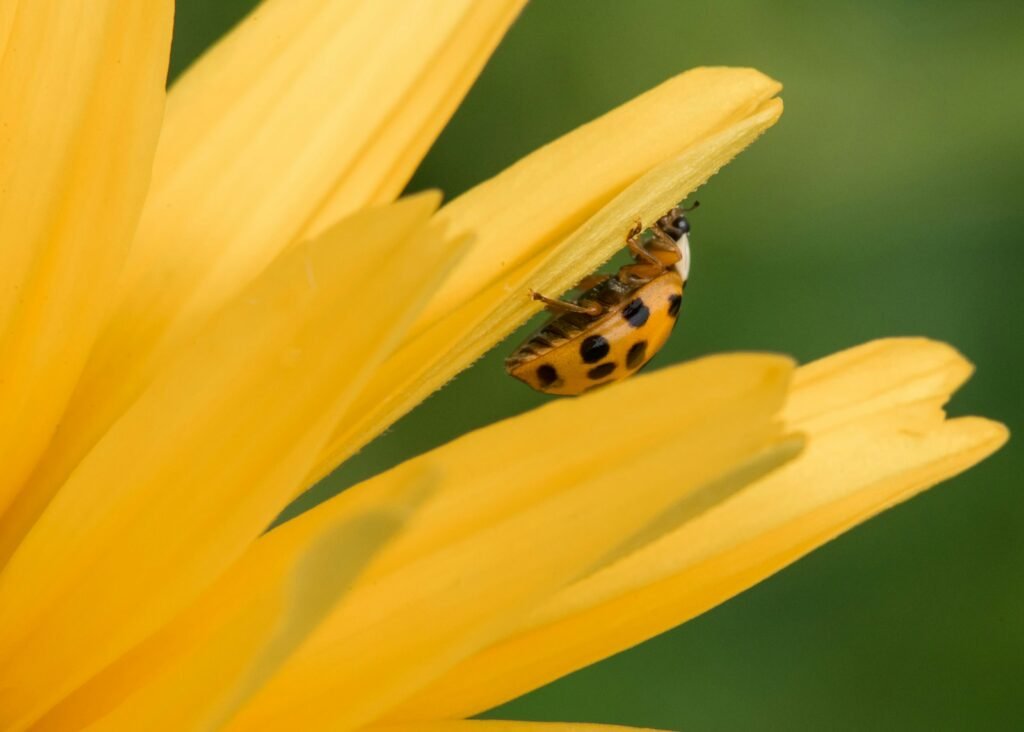
The relationship between the Regimbartia attenuata and its amphibian predators is a prime example of co-evolution, where both predator and prey undergo adaptations to outwit each other. While the frog has evolved to capture and consume a variety of insects, the beetle has developed its own countermeasure, turning the tables on its predator. This evolutionary dance highlights the dynamic and ever-changing nature of ecosystems, where each species must adapt to survive in a world filled with challenges.
Implications for Understanding Predator-Prey Dynamics
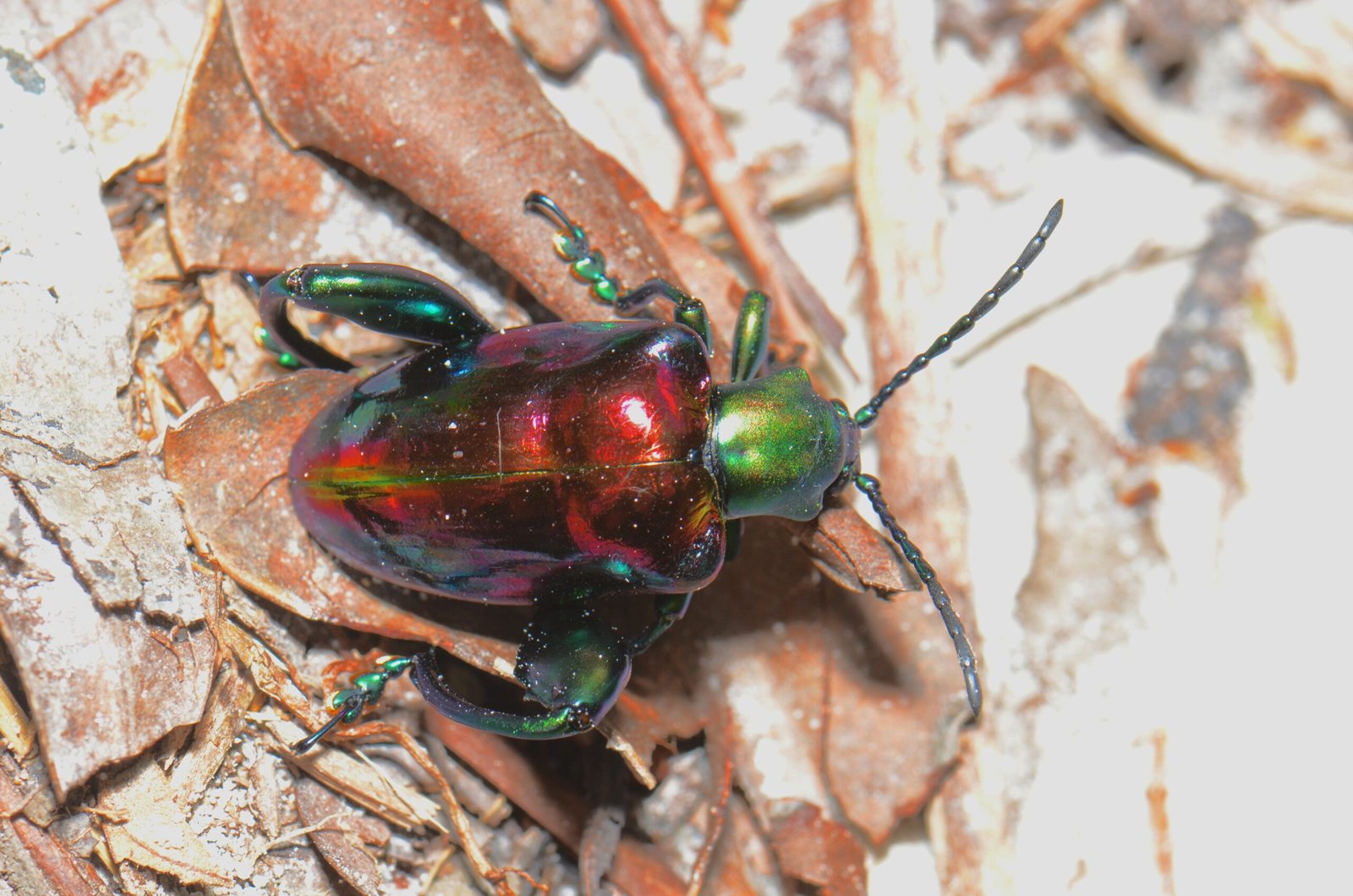
The beetle’s ability to escape from a frog’s digestive system provides valuable insights into the complexity of predator-prey interactions. It challenges the traditional view of these relationships as straightforward and predictable. Instead, it reveals a world where prey can possess unexpected defenses, leading to a more intricate understanding of how species coexist and compete. This knowledge has implications for fields ranging from ecology to evolutionary biology, offering a window into the delicate balance of nature.
Comparisons to Other Escape Artists in Nature
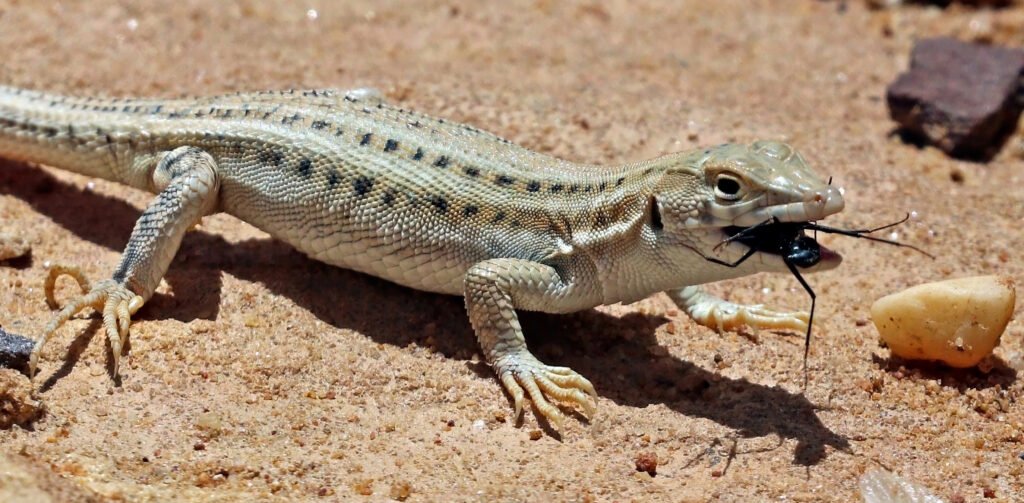
While the Regimbartia attenuata’s escape is unique, it is not the only creature capable of remarkable feats of survival. Nature is filled with escape artists, from the octopus that can squeeze through tiny openings to the lizard that can regrow its tail. Each of these creatures showcases the incredible diversity of survival strategies that have evolved over millions of years. Comparing these adaptations sheds light on the myriad ways life on Earth has found to overcome adversity and thrive in diverse environments.
The Role of Research in Unraveling Nature’s Mysteries
The study of the Regimbartia attenuata’s escape mechanisms underscores the importance of scientific research in uncovering the mysteries of the natural world. By observing and analyzing such phenomena, researchers gain a deeper understanding of the intricate web of life that surrounds us. These insights not only satisfy human curiosity but also inform conservation efforts, helping to protect and preserve the delicate balance of ecosystems that support a diverse array of life forms.
Lessons in Resilience and Adaptability
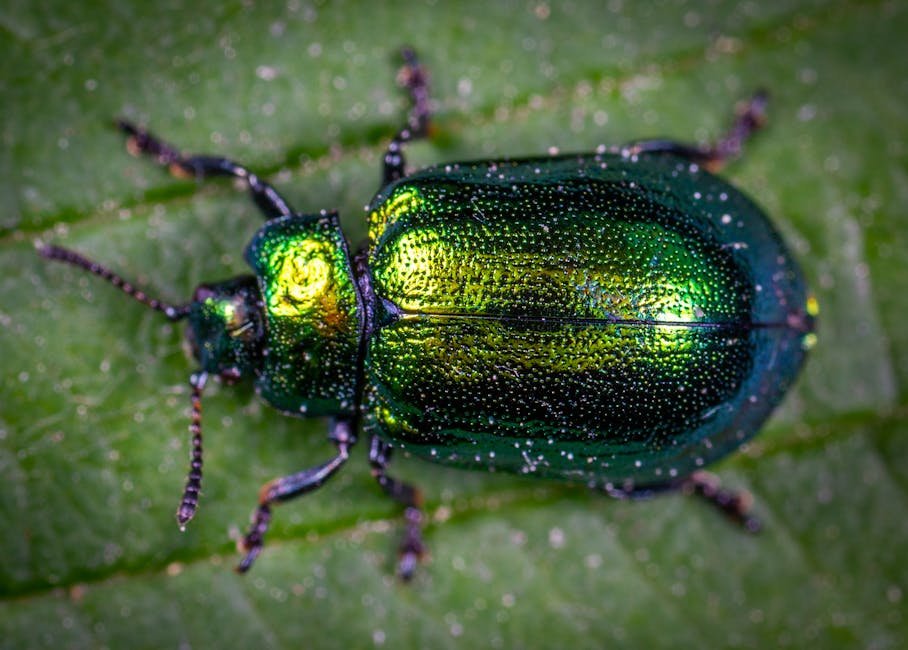
The beetle’s incredible escape is a testament to the resilience and adaptability of life. It serves as a reminder that even in the face of seemingly insurmountable odds, living organisms can find a way to survive and thrive. This lesson in resilience resonates with humans as well, inspiring us to confront challenges with determination and creativity. By observing the natural world, we can draw parallels to our own lives, finding strength in adversity and adapting to changing circumstances.
A Call to Appreciate Nature’s Wonders
The tale of the Regimbartia attenuata and its miraculous escape encourages us to pause and appreciate the wonders of the natural world. It invites us to marvel at the complexity and ingenuity of life on Earth, urging us to protect and preserve the ecosystems that sustain us. By fostering a deeper connection to nature, we can become stewards of the environment, ensuring that future generations can continue to be inspired by the remarkable stories of survival that unfold in the wild.
Concluding Thoughts on Nature’s Resilience
The story of the beetle that cheats death is a powerful reminder of nature’s resilience and the endless possibilities for adaptation. It challenges us to rethink our understanding of predator-prey relationships and inspires us to explore the unknown. As we continue to study and learn from the natural world, we are reminded of the beauty and complexity that exists all around us. The Regimbartia attenuata stands as a symbol of life’s tenacity, urging us to embrace the wonders of nature with awe and respect.

